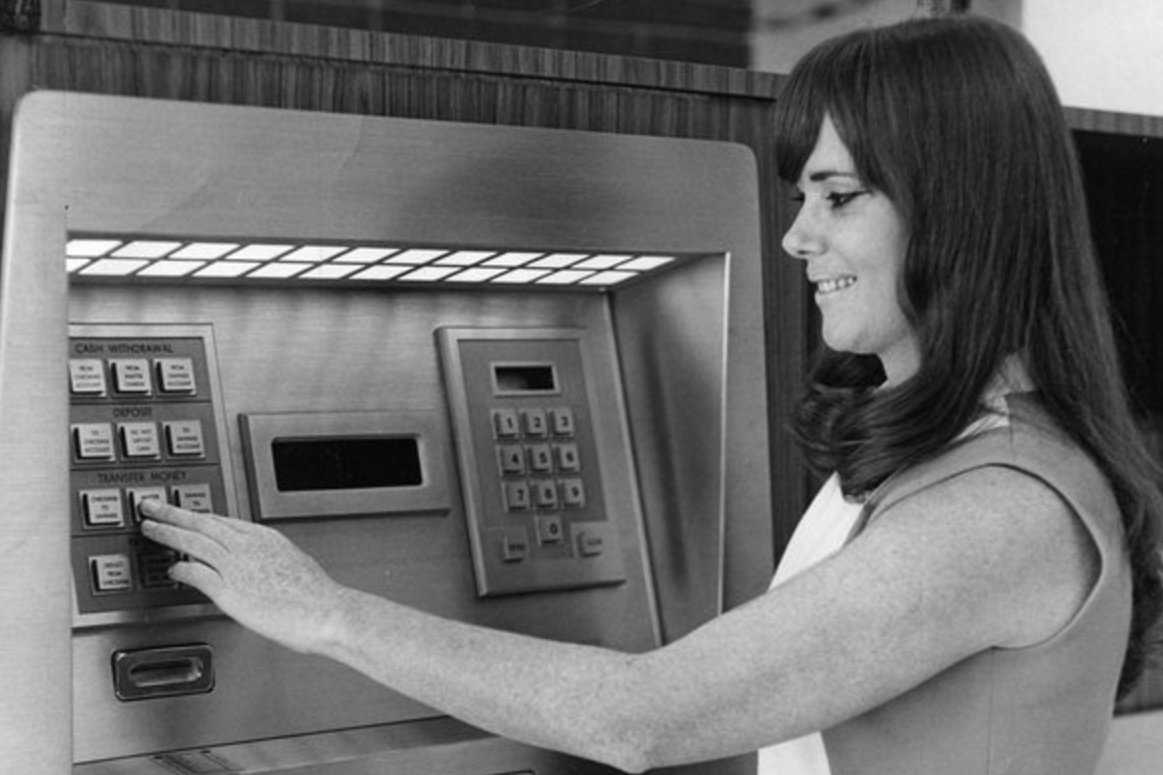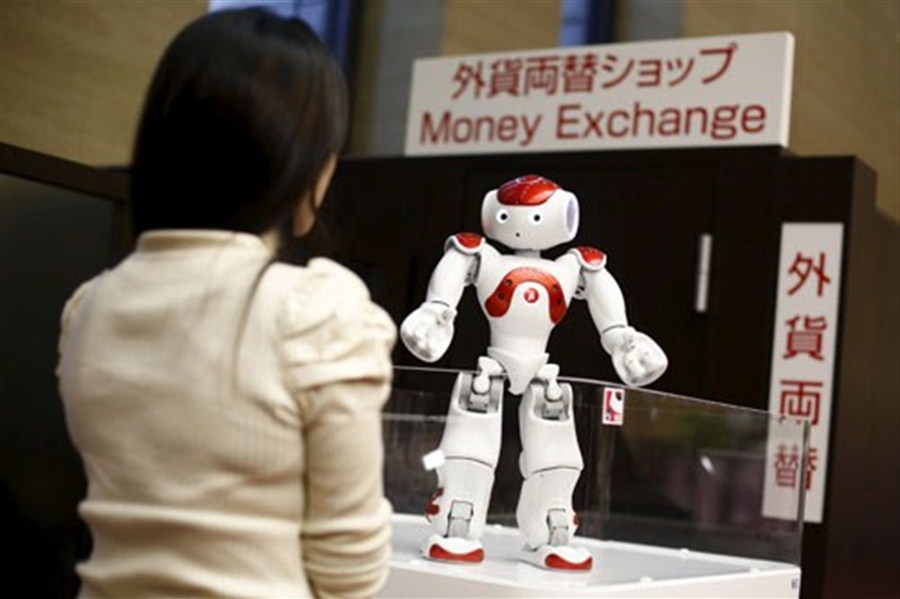When debating whether we’re on the verge of a revolution in automation that might displace too many workers in too brief a time, those sanguine on the topic invariably introduce bank tellers into the argument as proof that machines which would appear to kill jobs actually create more of them. The “Automation Paradox” it’s called.
There are two major problems with this theory which I’ll get to after an excerpt from James Bessen’s 2016 Atlantic article on the topic:
Robot panic is in full swing.
But these fears are misplaced—what’s happening with automation is not so simple or obvious. It turns out that workers will have greater employment opportunities if their occupation undergoes some degree of computer automation. As long as they can learn to use the new tools, automation will be their friend.
Take the legal industry as an example. Computers are taking over some of the work of lawyers and paralegals, and they’re doing a better job of it. For over a decade, computers have been used to sort through corporate documents to find those that are relevant to lawsuits. This process—called “discovery” in the profession—can run up millions of dollars in legal bills, but electronic methods can erase the vast majority of those costs. Moreover, the computers are often more accurate than humans: In one study, software correctly found 95 percent of the relevant documents, while humans identified only 51 percent.
But, perhaps surprisingly, electronic discovery software has not thrown paralegals and lawyers into unemployment lines. In fact, employment for paralegals and lawyers has grown robustly. While electronic discovery software has become a billion-dollar business since the late 1990s, jobs for paralegals and legal-support workers actually grew faster than the labor force as a whole, adding over 50,000 jobs since 2000, according to data from the U.S. Census Bureau. The number of lawyers increased by a quarter of a million.
Something similar happened when ATMs automated the tasks of bank tellers and when barcode scanners automated the work of cashiers: Rather than contributing to unemployment, the number of workers in these occupations grew.
Okay, the two problems: 1) One is that bank tellers handle many functions beyond just dispensing money, so the ATM technology has been more an add-on convenience than a replacement. As AI improves and makes smart machines more flexible, they’ll nudge aside their human counterparts. 2) Just because a class of worker isn’t immediately elbowed aside by robotics doesn’t mean there’s a permanent detente. Emergent automobiles shared the roads with horses for decades before the animals were driven away. We’ll be employed to work alongside robots, in tandem with them, until we’re no longer employed that way. That day will come for almost all positions; it’s just a matter of how quickly.
A Reuters piece by Jemima Kelly suggests that reckoning will arrive in a handful of years for bank tellers and customer-service people. Give or take, that’s probably so. An excerpt:
LONDON (Reuters) – Artificial intelligence (AI) will become the primary way banks interact with their customers within the next three years, according to three quarters of bankers surveyed by consultancy Accenture in a new report.
Four in five bankers believe AI will “revolutionise” the way in which banks gather information as well as how they interact with their clients, said the Accenture Banking Technology Vision 2017 report, which surveyed more than 600 top bankers and also consulted tech industry experts and academics.
Artificial intelligence — the technology behind driverless cars, drones and voice-recognition software — is seen by the financial world as a key technology which, along with other “fintech” innovations such as blockchain, will change the face of banking in the coming years.
More than three quarters of respondents to the survey believed that AI would enable more simple user interfaces, which would help banks create a more human-like customer experience.
“The big paradox here is that people think technology will lead to banking becoming more and more automated and less and less personalized, but what we’ve seen coming through here is the view that technology will actually help banking become a lot more personalized,” said Alan McIntyre, head of the Accenture’s banking practice and co-author of the report.
“(It) will give people the impression that the bank knows them a lot better, and in many ways it will take banking back to the feeling that people had when there were more human interactions.”•




